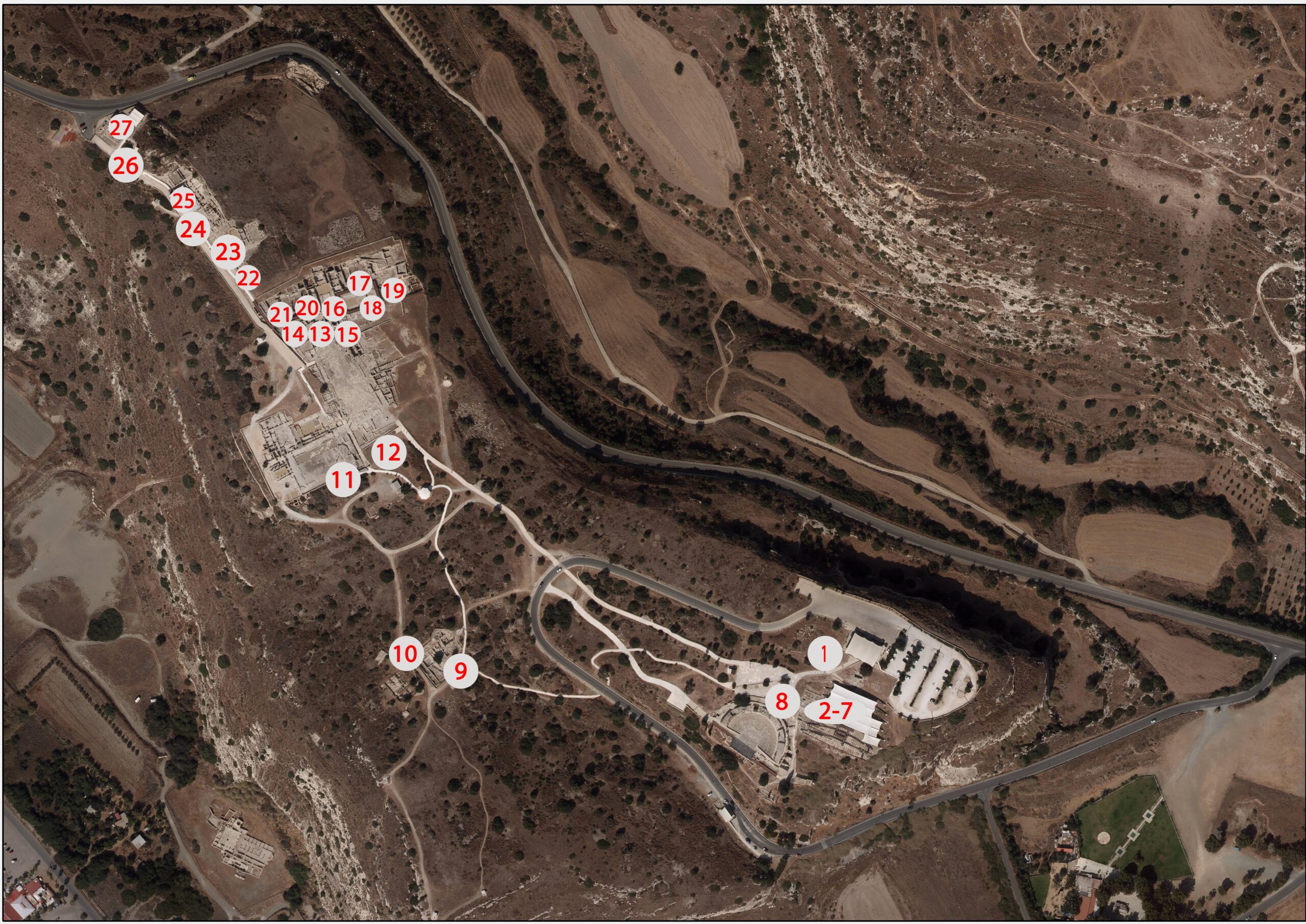DESCRIPTION:
In antiquity, Kourion was one of the city-kingdoms of Cyprus. Its history spans from the 13th century BC to the 7th century AD. Archaeological research and excavation findings indicate that the broader area around the hill of Kourion has been inhabited since ancient times.
According to tradition documented by the ancient Greek historian Herodotus (5th century BC) and later by the geographer Strabo (1st century AD), Kourion was founded by the Argives from Peloponnese. However, according to Stephanus of Byzantium (6th century AD), Kourion was named after its founder, Koureas, son of Kinyras, the mythical king of Cyprus and high priest at the sanctuary of Aphrodite in Palaipaphos.
The earliest monumental remains on the hill of Kourion date to the 4th century BC. Kourion flourished during the Roman and Late Roman periods, with intense building activity from the early 1st century, reaching its peak during the late 2nd - early 3rd centuries AD. Several luxurious buildings in the city were constructed after the earthquake of 75 AD. Although the city experienced multiple phases of habitation, much of what we see today is the reconstruction following the catastrophic earthquakes of 365-368 AD, when Kourion was rebuilt as a Christian city.
Kourion gradually declined and was abandoned due to various political and economic changes after the mid-7th century AD. Both Arab raids and a series of devastating earthquakes that destroyed the city’s water supply system, with the city’s economic inability to rebuild yet again, forced the population to move closer to the Kouris River, towards today’s village of Episkopi.
